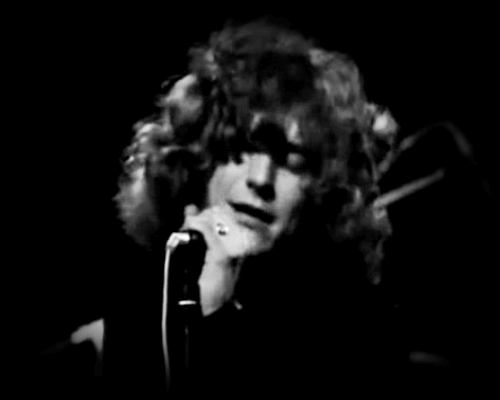recently posted some French - English idioms, thought some German - English would be fun too ... got them via
Wenn der Kuchen spricht hat der Kruemel ruhig zu sein - The crumble has to be quiet when the cake is talking - When grown ups are talking, children should listen/be quiet
Ich lach mich krumm - I laugh myself bent - That is really funny
Du bist allererste Sahne - You are the very first cream - You are the best
Sich pudelwohl fuehlen - To feel as good as a poodle - To feel on top of the world
Mit jemandem unter vier Augen sprechen - To talk with someone under four eyes - To talk privately with someone
Nicht alle Tassen im Schrank haben - Not to have all cups in the cupboard - Not the sharpest knife in the drawer
Dumm wie Bohnenstroh sein - To be as dumb as a bundle of bean straw - To be as thick as two short planks, to be very stupid
Du gehst mir auf den Keks - You get on my cookie - You get on my nerves
Geh dahin wo der Pfeffer waechst - Go where the pepper is growing - Go take a long walk off a short pier
Null acht fuenfzehn - Zero eight fifteen - Nothing special
Das kommt mir nicht in die Tuete - That doesn't go in my bag - It's not my kind of thing
Das ist nicht das gelbe vom Ei - That's not the yolk of the egg - It's not exactly brilliant
Ich habe keinen Bock - I have no buck - I can't be bothered
Hummeln im Hintern haben - To have bumble-bees in one's bottom - To have ants in the pants
Ganz aus dem Haeuschen sein - To be out of his/her house - To be really excited
Auch ein blindes Huhn findet mal ein Korn - A blind chicken will find a corn eventually - Something good that happens by chance
Friede, Freude, Eierkuchen - Freedom, Joy and Omelette - Everything's absolutely fine
Jemanden durch den Kakao ziehen - To pull someone through the cocoa - To pull someone's leg
Die Sau raus lassen - To let the sow out - To let your hair down
Wo drueckt der Schuh? - Where does the shoe pinch? - What troubles you?
Mit dem linken Fuss aufstehen - Got up with the left foot - To have one of those days
Ich seh Schwarz - I see black - I have a bad feeling about it
Herz in die Hose rutschen - The heart slides into the trousers - My heart sank
Die Haare vom Kopf fressen - To eat the hair from someone's head - To eat someone out of house and home
funny, did not know da first and da last one, never heard of it in 64 years ... I #love #language and #idioms and ... I love #fun, #German and #English ... #hahahahaha!

